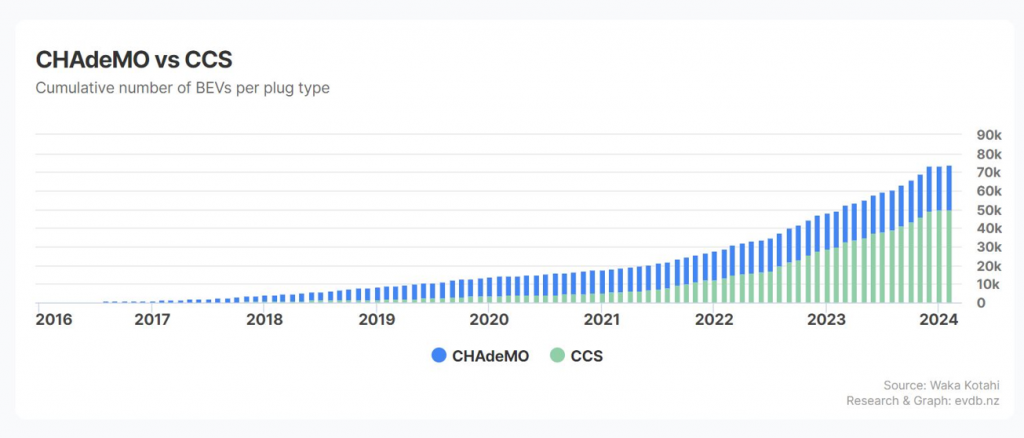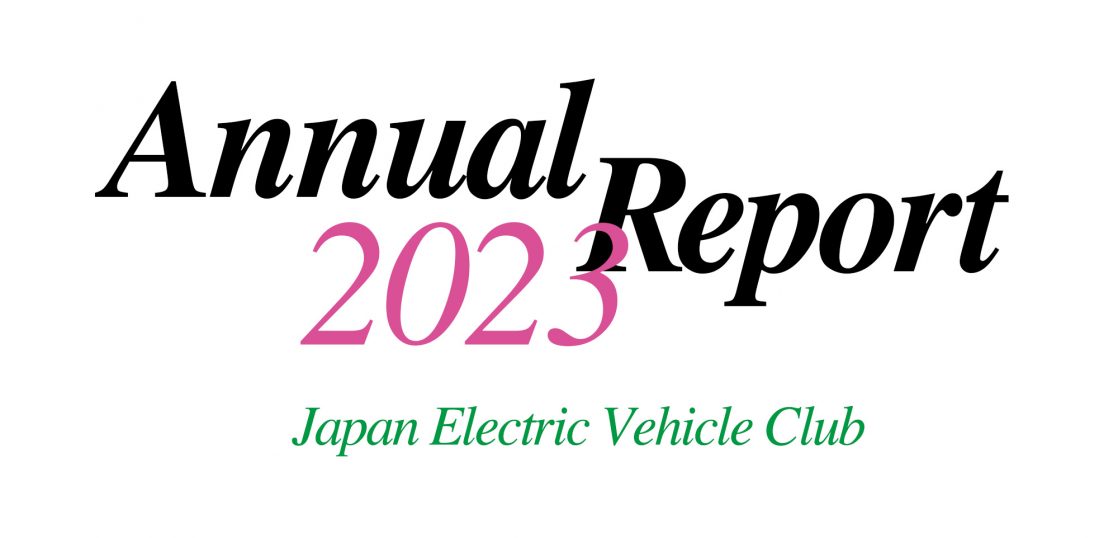New Zealand EV Scene – Update
Russel Watson (New Zealand)
There was strong up take of EVs and PHEVs throughout 2023. As of 29th February 2024, there were 73,000 EVs and 31,000 PHEVs. However, the Government EV and PHEV rebate scheme ended on 31st December 2023. Also, the exemption from Road User Charges (RUC) is set to end on 1st April 2024. It is still too early to tell what the long-term impact that these changes will have on the uptake of EVs and PHEVs however initial impact can be seen in January and February 2024 sales figures for EV and PHEVs which are well down on the January and February 2023 figures.

Monthly number of new EVs and PHEVs and market share
Car manufacturers continue to introduce new models of EVs these include the MG4, BYD Dolphin & Seal, GWM Ora and the Toyota BZ4X. As the ‘real world’ highway driving range of most of the modern EVs is around 300 – 450 km EVs are now being used for longer distance road trips.

Northland Regional Council staff test driving the MG4

GWM (Great Wall Motors) Ora
There is ongoing development of the charging infrastructure to support the growth in EVs and EVs with large battery capacity. Charging stations are now being built with multiple chargers and higher capacity chargers with 150kW chargers are becoming more common. There are also more companies installing charging stations both rapid DC charging and AC charging, these include fuel stations, electricity companies and shopping centres.

EV charging station in Blenheim (three 300kW chargers each capable of charging 2 EVs simultaneously)

AC charging at the Aquatic Centre in Whangarei
As nearly all new EVs sold in New Zealand now have the CCS charging port, CCS in now the dominant charging system. While the early EV adoption in New Zealand was largely based on 2nd hand Nissan Leafs mainly from Japan which had CHAdeMO DC charging ports and the ‘Type 1’ AC charging port.

CHAdeMO vs CCS
25 March 2024
●『日本EVクラブ会報 2023』 トップページに戻る

